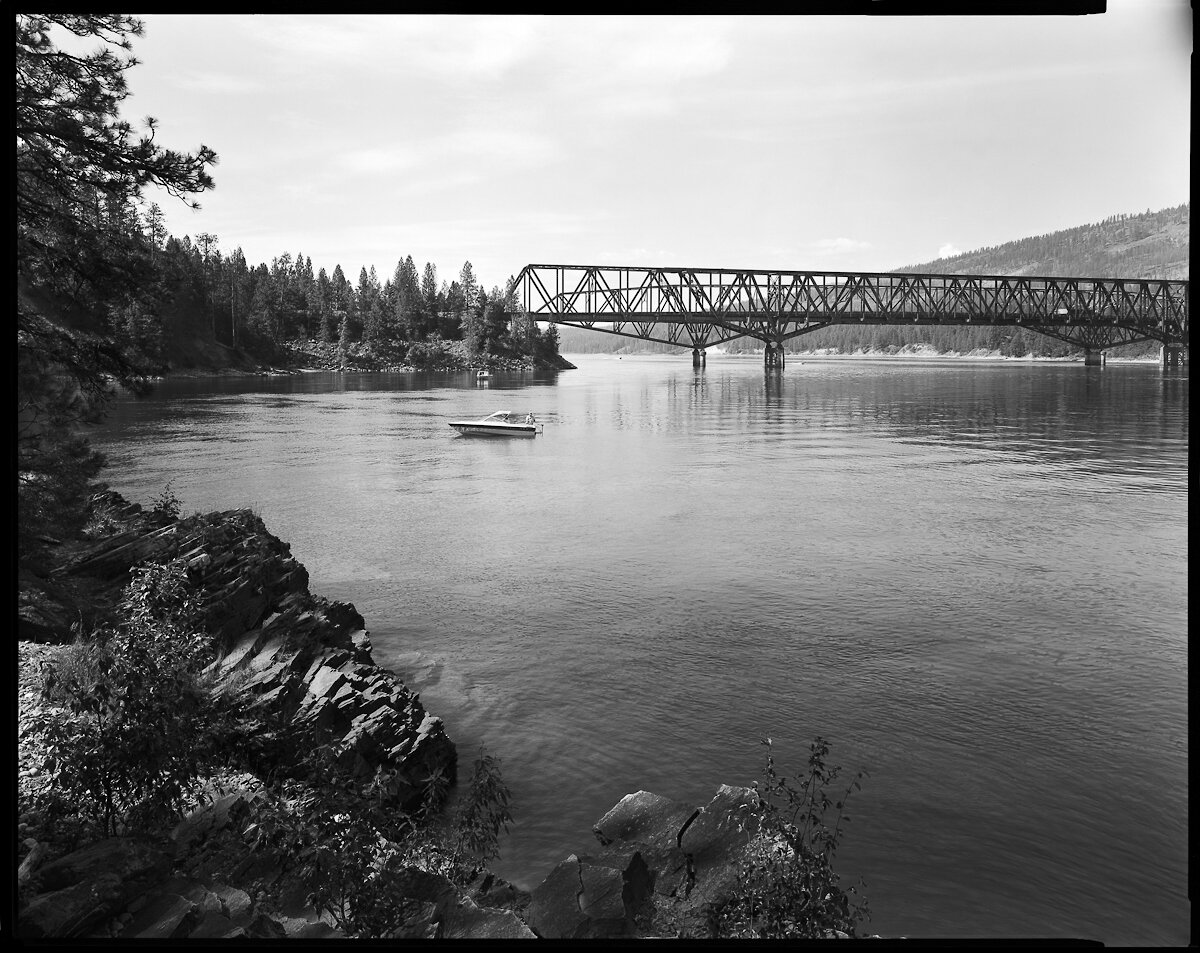Portland no. 2: Robbie McClaran
Thanks for visiting the second chapter of our new series “Portland”. Here we will celebrate the local photography community in Portland, Oregon. I’ve really enjoyed living in such a vibrate photo arts city over the past 18 years and feel it’s time to specifically promote our locals in this new column.
Robbie McClaran and I live in the same city, but I think we actually met in New Orleans… at least that’s how I remember it, Robbie might have a different story. Anyway, what I’ve enjoyed about this new series is the extent of the exploration of the Columbia. A river which I’ve discovered I only partly knew… but now have a more in-depth understanding of. —Blue Mitchell
The Great River of the West
by Robbie McClaran
The river we know today as ‘Columbia’ was known for thirteen millennia by the names given by its original inhabitants: Wihmal, Nch’i-Wàna, and Shwan-etk-qwa among others.
Big River or Great River.
Captain Robert Gray christened it ‘Columbia,’ after his ship the Columbia Rediviva. ‘Columbia’ is from Christopher Columbus, a man who raped, murdered, enslaved, and spread disease to indigenous people and destroyed their cultures.
Gray, credited as the first white man to navigate ‘Big River’s’ treacherous bar and sail upstream, was a merchant seaman in search of furs, who murdered native people who wouldn’t cooperate with his missions.
The name ‘Columbia’ carries this weight.
A small spring that feeds into Columbia Lake, the source of the Columbia River, near Canal Flats, British Columbia 2015. Ancestral homeland of the Ktunaxa People.
In 1867, when Carleton Watkins began his photographic expedition up the Columbia River Gorge, the river looked much as it had for the previous 13,000 years of indigenous human habitation. Yet even then, railways had already been laid to facilitate the movement of white settlers past rapids and falls that made navigating the river extremely dangerous. That influx of immigrants set in motion events that would change the Columbia, the fates of the native people, and the Pacific Northwest forever.
Today the River is fully industrialized, its once wild rapids pooled behind 14 dams into a series of vast lakes. While dams provide water for irrigation, hydropower and slack water for navigation, it comes at a terrible price. The extraordinarily abundant Salmon runs have dwindled to near extinction. Indigenous people have been mostly displaced from their ancestral homelands, their traditional fishing grounds inundated by dams. The river still flows through a majestic and diverse landscape, yet it’s rare to find a view that does not include stark evidence of the impact of the European immigrants who displaced them.
“The Great River of the West'' is a photographic survey of the 1250 mile long Columbia River, from its source in the Canadian Rockies, to the confluence with the Pacific, exploring its current cultural and economic landscape, with an eye towards its significance in the history of the Pacific Northwest and North America. The following photographs are sequenced geographically, with the first image at the source and the last at the confluence.
This project has been generously supported by grants from the Oregon Arts Commission, the Ford Family Foundation and the Regional Arts and Culture Council (RACC).
[click image for lightbox and description]
Robbie McClaran is a documentary and fine art photographer whose work focuses on the American people and landscape. His work has been widely exhibited and published, appearing in numerous magazines throughout the world.
He began his study in photography in 1975 at the Center for Photographic Studies and continued at the Visual Studies Workshop in Rochester NY where he studied with Joan and Nathan Lyons as well as many others.
Robbie’s work is held in several private and public collections including Portland Art Museum, New Orleans Museum of Art and Memphis Brooks Art Museum. The prints from his controversial book project Angry White Men are in the permanent collection of the University of Oregon.
His commissioned work has appeared in such diverse publications as Smithsonian, The New York Times Magazine, Vanity Fair, Time, Esquire, Rolling Stone, Sports Illustrated, Fortune, Bloomberg, and Forbes.
His work has been featured in The Oxford American, Lenscratch, Plazm, Juxtapoz, Photo District News, The Photo Review, ID Design, and has been recognized by the American Institute of Graphic Arts, American Photography, The New York Art Director’s Club, Graphis and Communication Arts. Robbie was a 2015 Critical Mass finalist.
He lives, works and teaches in Portland Oregon with his wife, Designer / Illustrator Lydia Hess and their two daughters.

























